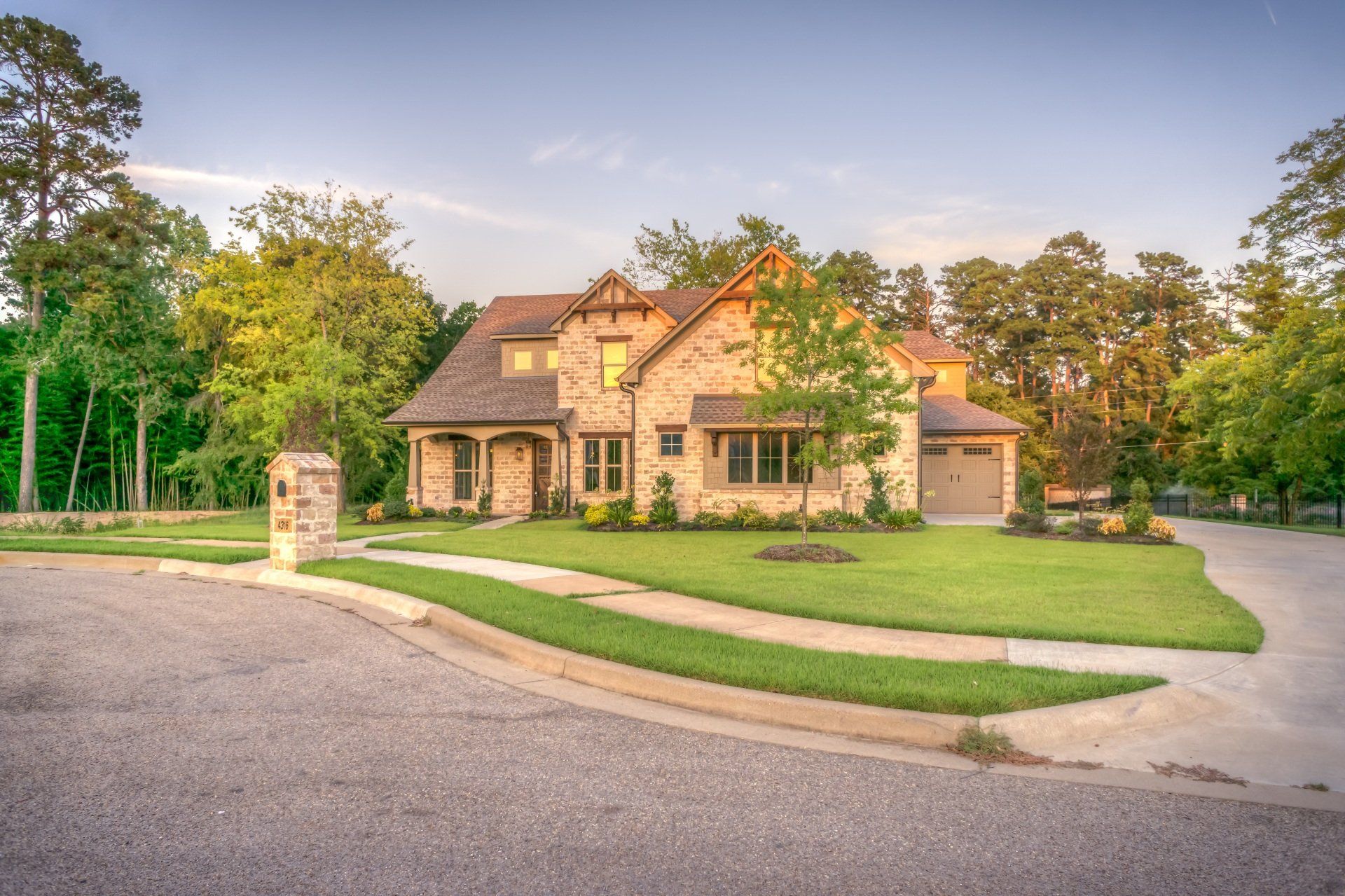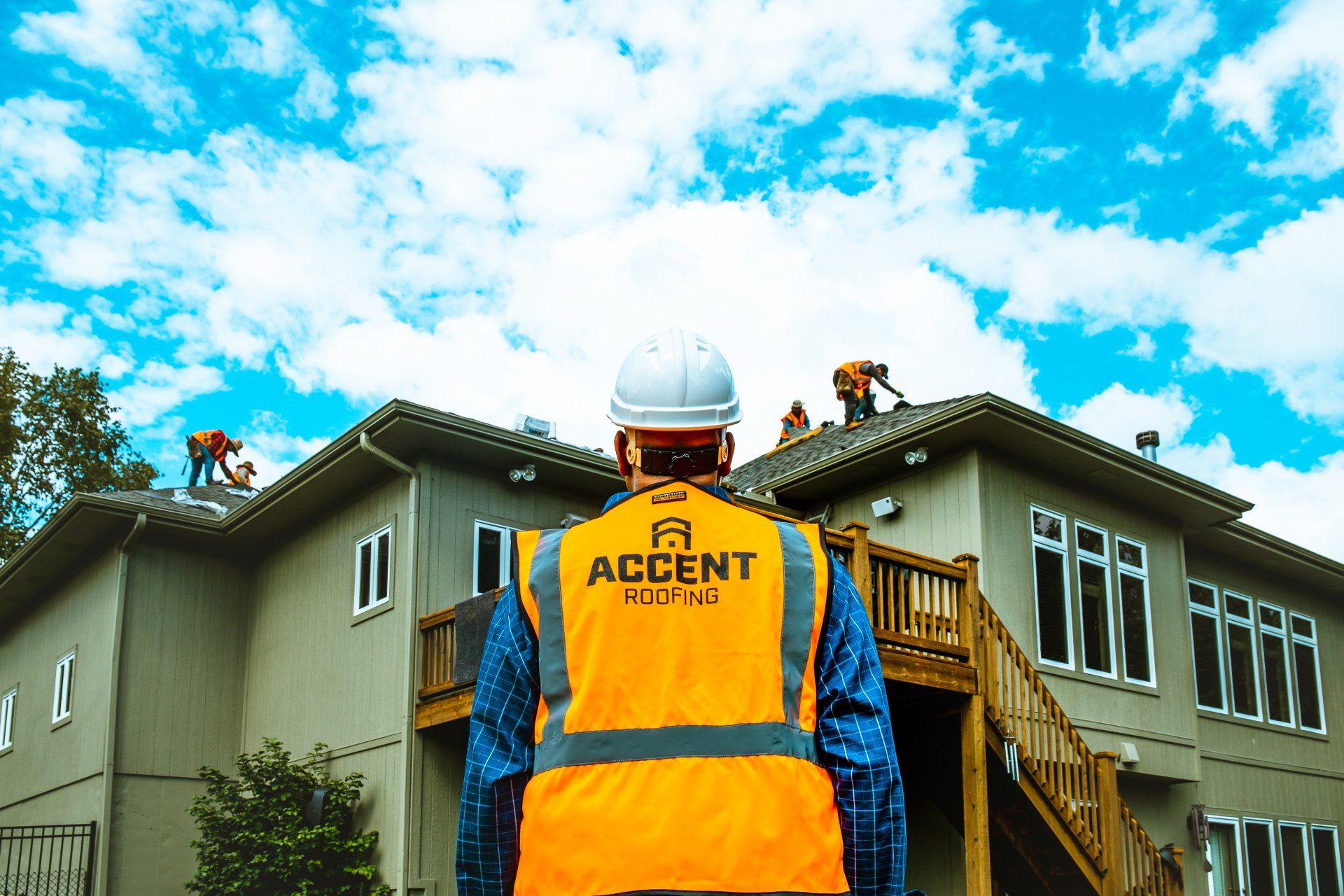Getting A New Roof? Consider These 4 Things
You know it's time for a new roof when ...
I am sure we could make a game of naming all the things that could go wrong that would cause you to have to get a new roof. But age and significant damage are the biggest culprits homeowners face. And since it's a more expensive home repair, it should be done with due diligence.
Finding a roofing contractor is an excellent start when getting a new roof. But it's also essential to be prepared for all the decisions you will make when installing a new roof. Your contractor will be your roofing guide, but ultimately it will come down to your decision.
Whether you are building a new home or choosing a new roof for your existing home, there are several things to consider to make your experience just a little bit easier. Aesthetics and curb appeal matter, but remember, your roof protects your home and everything in it. Product costs, material weight, and installation should all influence your decisions.
Here are our top 3 things to consider when getting a new roof:
Consideration #1 - Learn the Basic Roofing Terminology
First, roofers talk use squares as their basic unit of measurement.
1 square = 100 square feet in area (the equivalent of a 10-foot by 10-foot square)
Example: A 2000-square foot home with a gable roof will consist of less than 1,500 square feet of the roofing area or about 15 squares.
Next, here are the five most essential terms you should know as a homeowner.
1.Rafters are the wooden beams that create the roof itself (the roof's foundation).
2.Deck/Sheathing is added after the rafters. It's placed along the home's attic, concealing the rafters. The deck/sheathing gives your roof strength.
3.Underlayment is a thin waterproof, insulating layer on the deck/sheathing for shock absorption, water resistance, and extra protection.
4.Flashing is metal strips installed at the angles and intersections of your roof to prevent water from entering into vulnerable spots.
5.Roofing Shingles are flat, rectangular pieces of asphalt, composite, or other roofing material. Shingles are what you see on your roof. They protect from the elements.
Consideration #2 - Determine Your Budget for a New Roof
The budget for your new roof is essential. A wide range of materials is available for your new roof. But materials aren't the only thing to consider. Your current roof and structure will also play a role in the overall cost of a new roof.
Material Costs
Materials and the size of your roof will be a big factor. Prices can begin at $50/square for budget materials and rise to nearly $800/square for more high-end materials.
The Condition Of Your Current Roof
Are you remodeling your home? Does the supporting structure need repairs? Do old materials need to be stripped off? Does your house have multiple chimneys, intersecting rooflines, turrets, or skylights? All of these elements will add to the cost of your new roof.
Consideration #3 - How to Choose the Right Roofing Material
Choosing your roofing material can be fun. It's where you can decide the aesthetic you want your home to offer while providing the protection it needs.
But not all roofs can have any roofing material. For example, a flat or low-slope roof may need a different material than a roof with a steeper pitch. In addition, roofing materials like tile or slate are heavy, so to use these materials, your home has to have an adequate structure to carry the load. That's why it's vital to pick material that works with your current home's structure, or if you are building a new home, to build the structure that can support the roof material you want.
Next, when choosing a roofing material, is the history of your home. Does your home have a traditional style? You may want to stick to that home's style to maintain its history. Traditional homes often use wood shakes, slates, or masonry tiles, while contemporary homes may be better off with metal roofing systems.
Weather endurance and energy efficiency are important factors when picking your roofing material. Some materials last longer or even react better to the elements and climate in your area.
And lastly, you will want to pick a roofing material that fits your budget for long-term maintenance. All roofs require maintenance; some materials cost more than others. So choose a material that suits your long-term budget.
Now to the fun part, find the roofing material that is right for you.
Asphalt Shingles
Asphalt shingles are the most common and cost-effective roofing material used. The life span is around 20-25 years. These shingles are made of a fiberglass medium infused with asphalt and given a sand-like granules surface.
Wood
Wood used to be the most common material used for roofing. But, some local fire codes forbid the use of it now. The life span is around 25 years and can be twice the cost of asphalt shingles. Usually made of cedar, redwood, or southern pine, shingles are sawn or split. Wood roofs are a great option where the climate has heavy winds or frequent storms because the shingles and shakes are resistant to the wind and the impact of hail and ice.
Metal
Metal is a durable and lightweight choice for a new roof. Metal roofs can be more expensive than asphalt roofs but have a life span of 40 to 70 years. A metal roof is an excellent option if you live in a high-wind zone, a place with lots of snow or rainfall, or a region threatened by hurricanes or tornadoes.
Cement/Concrete Tiles
Cement/Concrete tiles are the least expensive of tile roofting options. However, while they are a very durable option, they are not quite as durable as other tile options, such as clay tiles. And while concrete roofing tiles can last up to 50 years, the underlayment only lasts about 20 years. As a result, replacing the underlayment involves removing the concrete tiles, replacing the underlayment, and then reinstalling the tiles — a tedious, time-consuming, and costly project. And something to factor in when considering it for your roofing material.
Clay Tiles
Clay tiles are one of the oldest roofing materials used "dating back to Ancient China." They are heavy and quite durable, with a lifespan of about 100 years. They are popular in Spanish colonial or mission-style homes. They stand up to heat and sun well and are resistant to corrosion or salt air, making them an excellent choice for coastal regions.
Slate
Slate roofs are built to last. They are high quality and among the most durable and expensive roofing materials. A hard slate, such as a purple or grayish-black Buckingham slate, can last 150 to 200 years. But softer slates have a life span of 75 to 90 years. In addition, slate roofs are non-combustible, meaning it protects your home in the event of a fire. It's also resistant to temperature fluctuations and severe weather. And a big bonus, slate roofs are not affected by fungus and mold.
Consideration #4 - The Installation Process
Now that you have chosen your roofing material, you can talk to your contractor about the installation process. The roofing contractor will walk you through the process, including what you need to do to your property to protect it during installation. Ask your contractor about the time frame for installing the roof. Materials and size of the roof factor again into how long the installation will take.
Asphalt Shingles: 1 to 3 days
Wooden Shingles: 6 to 8 days
Slate Tiles: 6 to 7 days
Concrete Tiles: 8 to 9 days
Metal: 4 to 5 days
Do you need a new roof in the Kansas City metro? That's where Accent Roofing Group comes in.
At Accent Roofing Group, we have provided high-quality roofing services to homeowners in Kansas City, Overland Park, Prairie Village, Mission, Olathe, Lenexa, Leawood, Gardner, Bonner Springs, Spring Hill, Stillwell, Shawnee, Merriam, Raytown, Raymore, and Lee's Summit.
We are licensed, bonded, and insured with an A+ rating with Better Business Bureau (BBB). When you work with us, you will never have to worry about your roof again.
Don't worry… we've got you covered.
You might also like



Book a Service Today
We will get back to you as soon as possible
Please try again later

Navigation
Roofing Services
All Rights Reserved | Accent Roofing Group LLC
